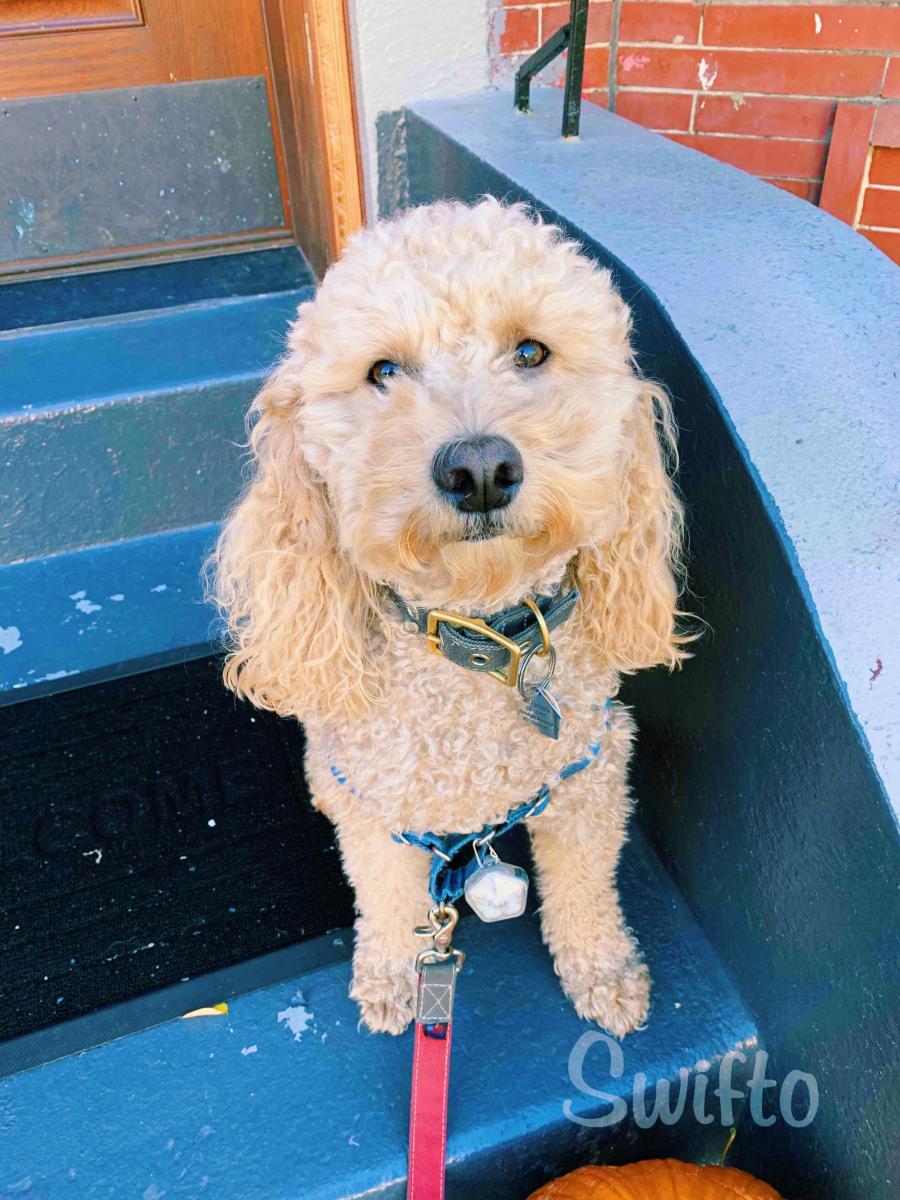For a dog, our leftovers, wrappers, trash, dropped objects, food scraps, etc is puppy paradise. Imagine walking into a room full of every fancy dessert imaginable and not being allowed to go near any of it? Exactly… it’s just not possible. Now, apply this same framework to better understand how your dog feels when denied something he wants eat, but can’t. If you find that your dog eats miscellaneous objects or food, you have to address the root of the problem- modifying his desire and teaching him that avoiding the object altogether is better than eating it.
It is totally possible to teach your dog to not go for the loot. Start this process by bringing him in a non-distracting area (keeping the environment calm will help him figure it out on his own) and making sure he’s hungry. Let your pup see that you have treats in your hand. When he starts nagging and begging for them, resist giving into his desire and saying anything negative, such as “no” or “don’t”. Eventually, when your dog realizes that begging won’t get him what he wants, he will sit, back off, calm down, etc. Once he’s sitting, give him a couple of treats and then also reward more for remaining seated. Repeat this exercise and try taking a few steps back. The purpose of this is to reinforce the “sit” command and to have it fresh in his mind. He will associate his good behavior, not eating food off the floor, with receiving treats. This will diminish your dog’s desire to eat random food or objects because he learned that avoiding the food will get him a reward.
The next part of training involves applying the “leave it” principal. Start off with your dog on a leash and your arm locked by your side, restricting the leash’s pull and therefore your dog’s ability to get closer to the food you tossed. Throw a treat a small distance away. When your dog inevitably tries to pull the leash, keep your arm locked in position and try not to give in. Eventually, he’ll understand that his pulling method won’t work and will retract back to his sitting position. Give him a treat when he successfully performs this and also when he focuses on you and not the treat on the floor. After he eats the treat and still remains sitting, give him the “Ok” to walk toward the treat. This instills in him that he needs your permission to eat the treat on the floor and that obedience and asking for approval is the most beneficial method. He won’t think to eat everything on the ground if you make this a habit. Once he consistently sits in front of you immediately after dropping food on the floor, you can start teaching him the “leave it” command.
A main component of the “leave it” cue is blocking his access to the food. You should intercept his path and blockade any access. You can do this by dropping a piece of food or a treat in front of him while strategically standing in such a way that allows you to easily maneuver and block his access to it. Once your dog realizes and accepts his defeat, he will sit and look at you. Provide treats and rewards immediately after he sits and looks at you. After, move away so Fido has direct visuals on the loot but don’t allow him to start walking. Block his path if he starts going toward it but if he remains seated and looks at you, allow him to get the treat. Then, associate cue words with his actions in a chipper and loving voice when you feel he will sit when you block him.
Try doing this in different environments. Practicing on walks, around the house, or at different times of day will teach your dog that this rule applies to all food, all the time. The more you practice, the faster your dog will make leaving the food a habit. If you notice that your dog seems to eat more things off the ground during walks, it’s important to keep him entertained and focused on you. These methods require you to supervise your dog and keep a watchful eye out. Some dogs will stop altogether but others will relentlessly scavenge and never give up.
Looking to book a dog walk?


